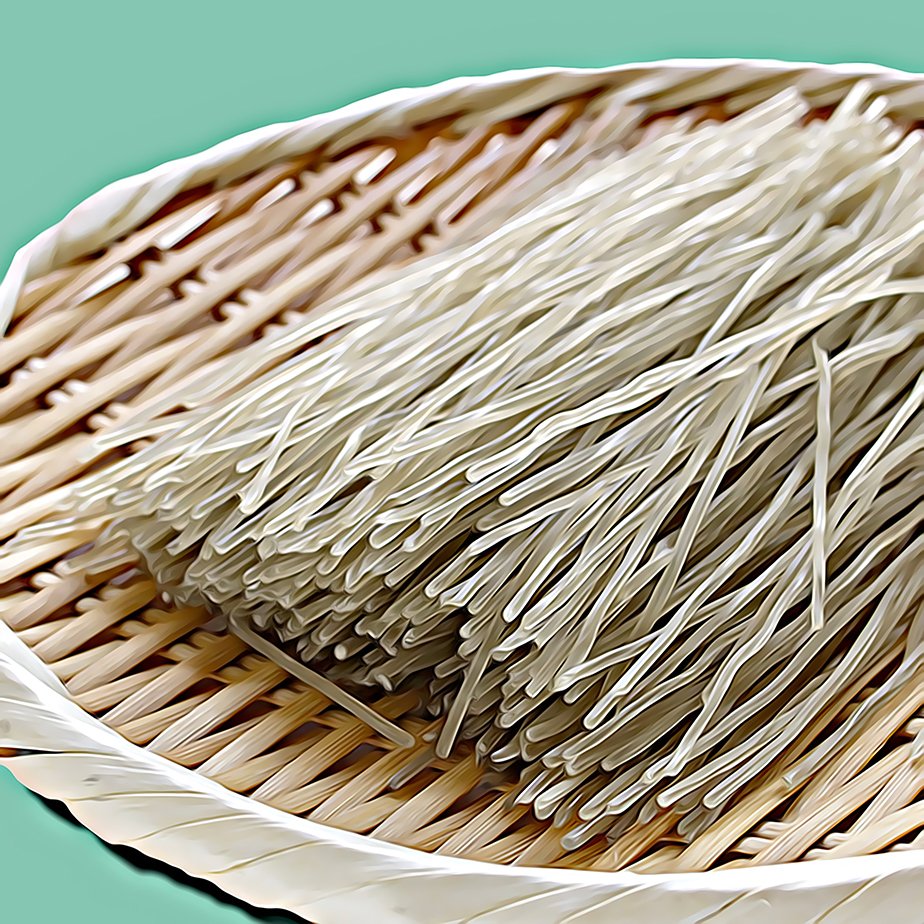Palm sugar
Palm sugar is made from the sap of various palm trees, including the date, palmyra, sago and coconut, but it’s generally not labelled by specific variety. It’s pretty much all sold as ‘palm sugar.’ You might come across ‘gula melaka,’ which is the Malay name for palm sugar and often refers specifically to the rich, dense, dark palm sugar from Malaysia, specifically Melaka.
To make palm sugar, sap is extracted from cuts to the inflorescence (flower-bearing branches), collected twice a day from tubes placed under the cuts. Sometimes calcium carbonate or another fermentation inhibitor is added to the tubes to stop the mixture turning to alcohol. The collected sap is boiled down to form a thick mass, often stirred in large cauldrons over a wood fire, which is why some palm sugars taste alluringly smoky. Knowing when the sugar is ready is a skill and workers judge this by the smell, texture and size of the bubbles as the mass boils. Once most of the water has evaporated off and the sugar is ready, it’s poured into bamboo tubes or similar, then left to cool and firm.
Methods of manufacture vary across Asia; in southern Thailand, for example, the finished sugar is whipped and aerated to give a creamy texture and pale colour. And the colour of palm sugar can really vary from pale golden to rich brown and the texture from very soft to crumbly… and all the way up to extremely hard. It all depends on how it has been processed.
Because of its largely unrefined nature, palm sugar contains vitamins and trace minerals and has a lower glycemic index than cane sugar. Jaggery, also called gur and widely used across the Subcontinent in both cooking and traditional medicine, is palm sugar that’s processed until it forms hard rocks. Palm sugar is used throughout South East Asia and the Subcontinent in both sweet and savoury dishes, with harder types requiring shaving or chopping first or they won’t dissolve. Palm sugar is widely available in Asian and Indian food stores and even large supermarkets. With its incredible toffee-like flavour, there’s nothing else in the sugar family that tastes like it – some recipes might suggest using molasses or brown sugar instead and while these might do in a pinch, they simply don’t taste the same.
Ginger and jaggery tea
Combine 3 English breakfast tea bags, 1 x 5cm piece of peeled ginger, very finely sliced, 5 bruised cardamom pods and 45g (¼ cup) finely shaved jaggery in a large ceramic teapot. Pour over 1 litre (4 cups) boiling water, cover, then stand to infuse for 7-8 minutes, stirring once or twice. (You can add more or less ginger, sugar, water and tea to taste). Serves about 4.
Coconut and egg jam (kaya)
Whisk 250ml (1 cup) coconut milk, 4 large eggs, 125g finely shaved palm sugar and 2 tsp plain flour in a bowl until smooth. Transfer to a small, heavy-based saucepan, then cook, stirring constantly, over medium-low heat for 5-6 minutes or until the mixture thickens (don't let it get too hot or the eggs will scramble; you don’t want it to boil) Cool and serve on toast. Store in the refrigerator for up to 5 days. Makes about 2 cups.
Fried chicken wings
Combine 125ml (½ cup) each fish sauce, coconut water and shaved palm sugar in a large bowl, then stir to mix well and dissolve the sugar. Stir in 2 tbsp finely grated ginger, 1 tsp ground black pepper and 4 crushed cloves of garlic. Add 1½ kg chicken wing drummettes or mid-sections, tossing to coat. Refrigerate overnight. Drain well then toss in rice flour to lightly coat. Half fill a large saucepan with vegetable oil and heat to 170ºC, or until a cube of bread turns golden in 20 seconds. Deep fry, in batches, for about 7 minutes or until cooked through. Serves 4






